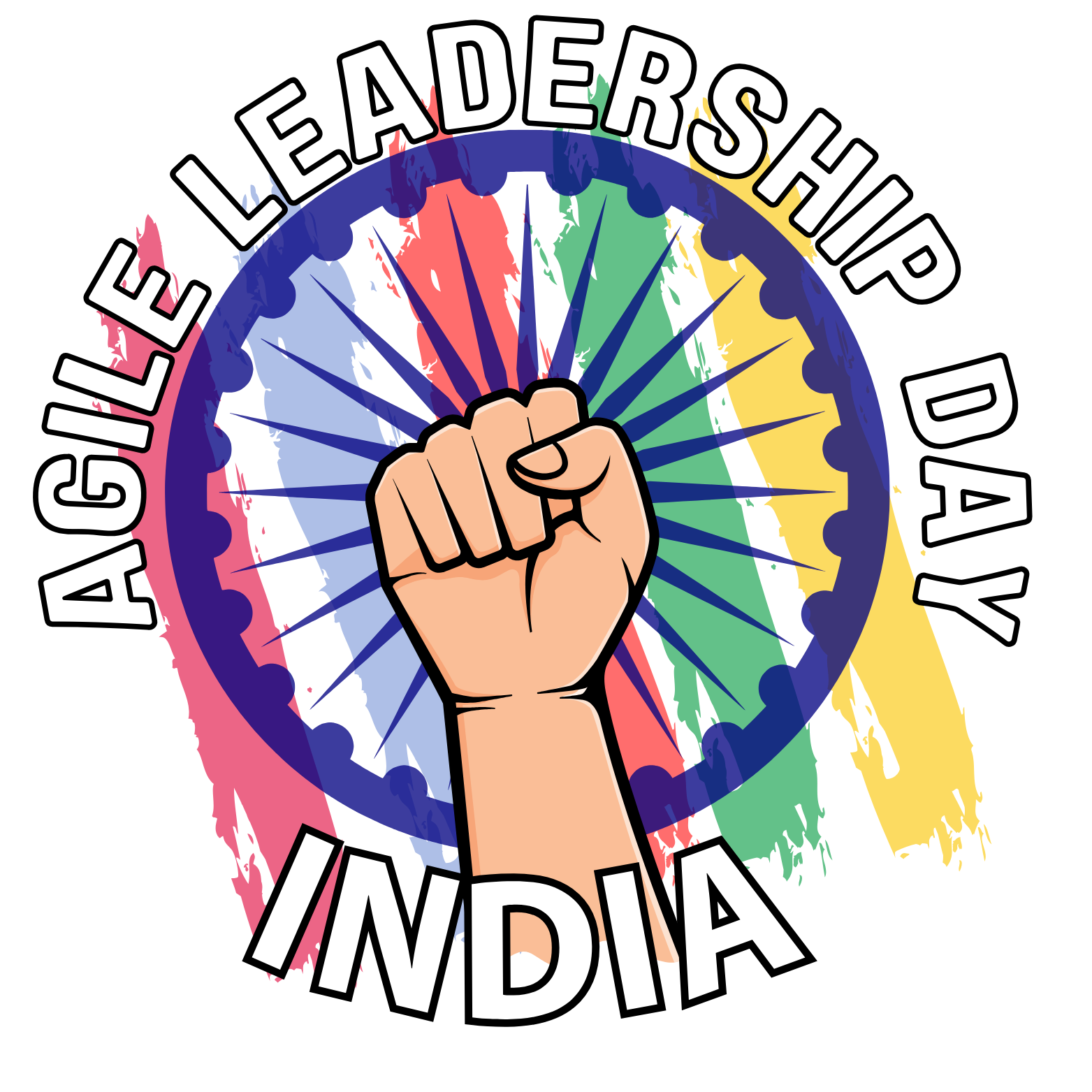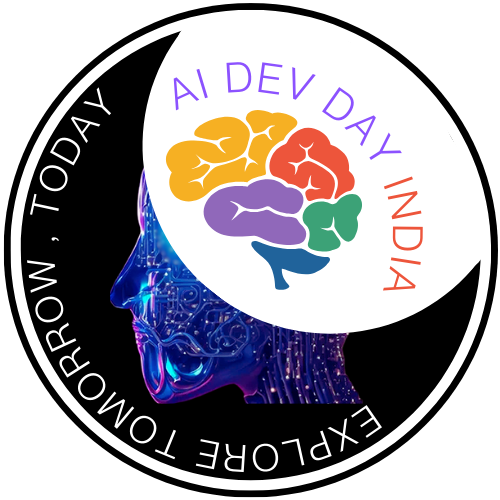1. A Secret Codename Accidentally Became a Viral Brand
The name "Nano Banana," which ignited a viral phenomenon on social media, was never meant for the public. Google's powerful Gemini 2.5 Flash Image model was first tested anonymously on the AI benchmarking platform LMArena under this quirky internal codename. When the online AI community discovered the name, it caught on instantly. The catchy, unofficial moniker became the model's public identity, fueling its spread far more effectively than its formal corporate title. This accidental branding demonstrates the power of community in the modern AI landscape, where an organic, memorable name can completely eclipse an official one.
2. You Need a Government ID to Unlock OpenAI's Full Power
While many AI tools are available with a simple email signup, OpenAI has placed a digital gatekeeper at the entrance to its most powerful image model. Developers wanting to use the gpt-image-1 model through its API must first verify their identity by submitting a government-issued ID. This process, which can take around 30 minutes, is framed by OpenAI as a measure to ensure responsible use. This requirement is a new checkpoint on the road to powerful AI, highlighting the growing tension between open access and the urgent need for safety and regulation as these technologies advance.
3. OpenAI is Hiding Its Best Editing Tool from ChatGPT Users
One of the most precise and powerful features of OpenAI's gpt-image-1 model is completely inaccessible to the millions using the standard ChatGPT interface. The feature, known as "inpainting," allows a user to mask off a specific area of an image—like a person's necklace—and alter it with a text prompt without changing anything else. This advanced creative control is exclusively available to developers via the API. This raises strategic questions: Is OpenAI reserving this tool to encourage developers to build an ecosystem? Is the feature too computationally expensive for the mainstream chat interface? Or does it simply require a more complex UI? Whatever the reason, the most sophisticated editing tools are currently reserved for technical users, not the general public.

4. Microsoft is Quietly Building a Rival to Its Biggest AI Partner
Microsoft is one of OpenAI's largest financial and infrastructure backers, a partnership that has defined the recent AI boom. In a fascinating strategic maneuver, however, Microsoft is simultaneously developing its own competitor, MAI-Image-1, the first image generation model built entirely in-house. This isn't just about diversification; it's about strategic independence. For a company of Microsoft's scale, controlling its own core AI technology is crucial for supply chain resilience, competitive differentiation, and the ability to finely tune models for its own software stack like Azure, Copilot, and Bing. This move stages a direct rivalry in the fiercely contested market, with Microsoft competing against the very partner it helped elevate.
5. AI Image Generators Are Being Judged in a Secret 'Arena'
The reputations of the world's top AI models are forged in a gladiatorial contest for algorithms known as LMArena. On this crowd-sourced platform, models enter anonymously, and users vote on the outputs of head-to-head battles, allowing them to leave with a reputation validated by public opinion. This is the very battleground where Google's "Nano Banana" was first discovered and where Microsoft tested the mettle of its MAI-Image-1 before its official debut. The public rankings reveal the state of the race: Google's Gemini-2.5-Flash ("Nano Banana") holds rank 2, OpenAI's gpt-image-1 sits at rank 7, and Microsoft's MAI-Image-1 debuted in the top 10, proving that in AI, blind public feedback is the ultimate arbiter of quality.
6. Your Next AI Image Might Be Made on WhatsApp
The era of needing a dedicated app to generate AI images is rapidly closing. Perplexity AI has integrated Google's potent "Nano Banana" model directly into its WhatsApp bot, allowing users to create and edit high-quality images from within a chat conversation. This is a major step toward making generative AI an ambient, everyday utility. By embedding this capability into a communication platform used by billions, high-end image generation is becoming as seamless and accessible as sending a text message.
7. Every AI Image You Create is Secretly Watermarked
In a preemptive move to self-regulate in the face of growing concerns around deepfakes and misinformation, leading AI companies are embedding invisible digital DNA into every image their models create. OpenAI uses a standard called C2PA metadata, while Google employs its own technology named SynthID. These digital watermarks are undetectable to the human eye but allow platforms to programmatically identify content as AI-generated. This practice represents a critical step toward building a more responsible AI ecosystem by providing a technical foundation for content provenance.




